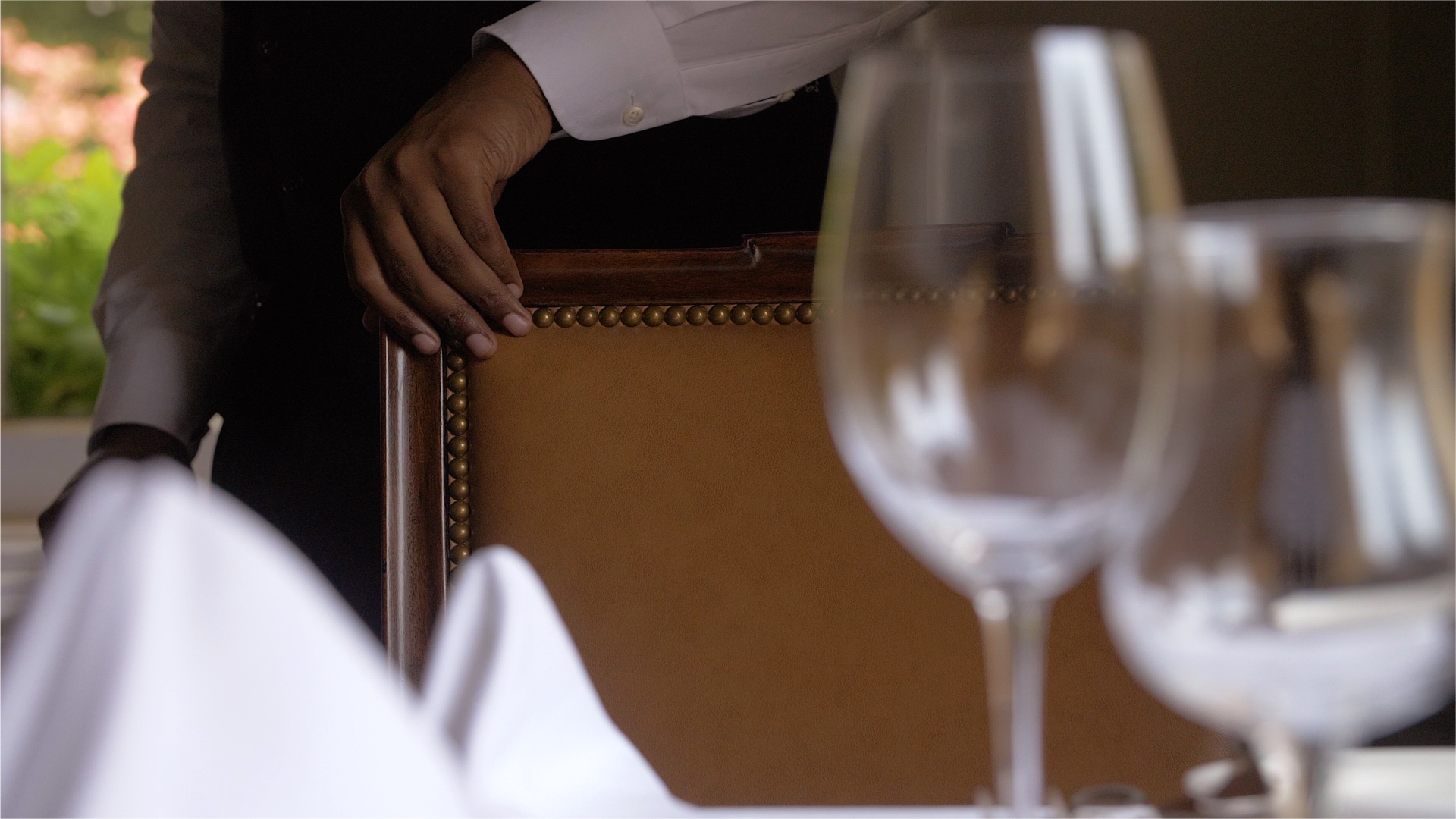
The Story
John Dabney was a giant of 19th-century Richmond high society. He was a fixture of sophisticated gatherings, a connoisseur of the era’s delicacies (terrapin stew, canvasback duck, "hail-storm" mint juleps), and a family man who with his wife raised five children — among them, schoolteachers, a professional baseball player, and a musician-turned-newspaper editor. He was much admired; four Richmond newspapers noted his passing in 1900. Yet the man who knew how to craft what those papers called "immortal foods" was also defined by what prevented him from doing even more. Dabney, an African American, spent his first 41 years enslaved.
Looking over the sweep of Dabney's life, we see food and drinks, with high style to spare. Looking closely, we see much more. Dabney's story illustrates slavery and freedom in 19th-century Virginia in unexpected ways, while revealing the life of an individual little-known now but unmissable in his day.
learn more about John Dabney →
The Recipes
Featured in The Hail-Storm, these recipes represent two of the creations that demonstrated John Dabney's expertise. Both were mainstays of 19th-century cuisine.
Canvasback duck was one of several types of duck (among them, mallard, red head, and teal) that discerning diners could expect to find on menus at respected restaurants like the Dabney House, the establishment that John Dabney and his wife Elizabeth opened in 1866. Typically prepared with fried hominy and currant sauce, the dish inspired chef-scholar Kevin Mitchell to make a modern version for the film with stone ground grits, braised kale, and a currant chutney.
Chef Mitchell's presentation is contemporary, but Dabney and his guests would have recognized the flavors and the ingredients—all of which were found in the 19th-century Virginia larder. Chef Mitchell developed this recipe from one written by Delmonico's chef Charles Ranhofer, one of the most celebrated cooks of the 19th century, who praised Dabney's food as among the very best.
Culinary historian Robert Moss taught us that mint juleps made of Kentucky bourbon have been common only since Prohibition. And though the drink seems the epitome of Kentucky Derby tradition today, the famed racetrack at Colonial Downs isn't the mint julep's birthplace. The earliest juleps appeared in Virginia at the start of the 19th century, and were made with brandy (typically, locally-produced apple or peach brandy) or rum. American whiskey, imported Cognac, and other spirits also figured into juleps, though not until later in the 19th century.
In the mid-19th century, Dabney's "hail-storm" julep nearly overwhelmed the senses with a profusion of mint stuffed into a copious quantity of the latest delicacy: ice. At a time when cold drinks were an impossibility throughout most of the year in Virginia, the appearance of regular ice supplies offered a craftsman like Dabney the chance to soothe his drinking guests in more ways than one. Moss adapted this recipe from a general description offered by John Dabney's son, Wendell, who worked with his father during several summers at resorts in the mountains of western Virginia.
Recipe developed with Chef Kevin Mitchell, Culinary Institute of Charleston
Recipe adapted from Wendell Dabney by culinary historian Robert Moss
The Team
The Hail-Storm: John Dabney in Virginia was made possible in part through the generous support of Virginia Humanities and the Community Idea Stations.
The film's producers, advisors, and cast include:















